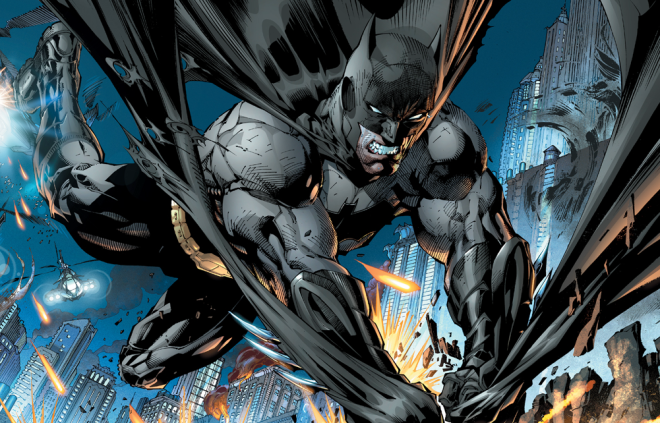Welcome to Last Month’s Comics, in which I discuss, uh, last month’s comics. I get my comics in bi-monthly shipments from Discount Comic Book Service, and as such, I can be a little behind. So here we are.
This column is later than usual, as I was a little preoccupied earlier this month, but for all those still madly wondering about what October 2011’s comics had to offer, here we go…
Spaceman #1
Writer: Brian Azzarello
Art: Eduardo Risso
Publisher: Vertigo
I’ve read only a fraction of Azzarello and Risso’s acclaimed 100 Bullets, which ran for ten years from 1999 to 2009, but one needs no familiarity with their past work to be immediately sucked in by the opening chapter of Spaceman, their new nine-issue mini-series from Vertigo. It takes place in a weird, sad future, just a few monsters and flying cars away from the one in Joss Whedon’s Fray. Our protagonist is Orson, a monkey-ish man genetically engineered to travel to Mars, a trip the human race never got to make. Orson and his low-class friends speak in bizarre, disjointed slang; “okee” is how they say okay, and they actually say “LOL LOL LOL” instead of laughing. In this first issue, Orson has ominous spaceman dreams and becomes involved in the kidnapping of the adopted child of reality TV stars. Eduardo Risso’s art is terrific, Brian Azzarello’s storytelling immediately compelling. Choice line, as Orson’s alarm chirps “New day, new day, new day” while he opens the door on a bleak, cloudless future: “Why, you lyin machine…it’s the same fuck old day it always is.” (Plus: $1!)









